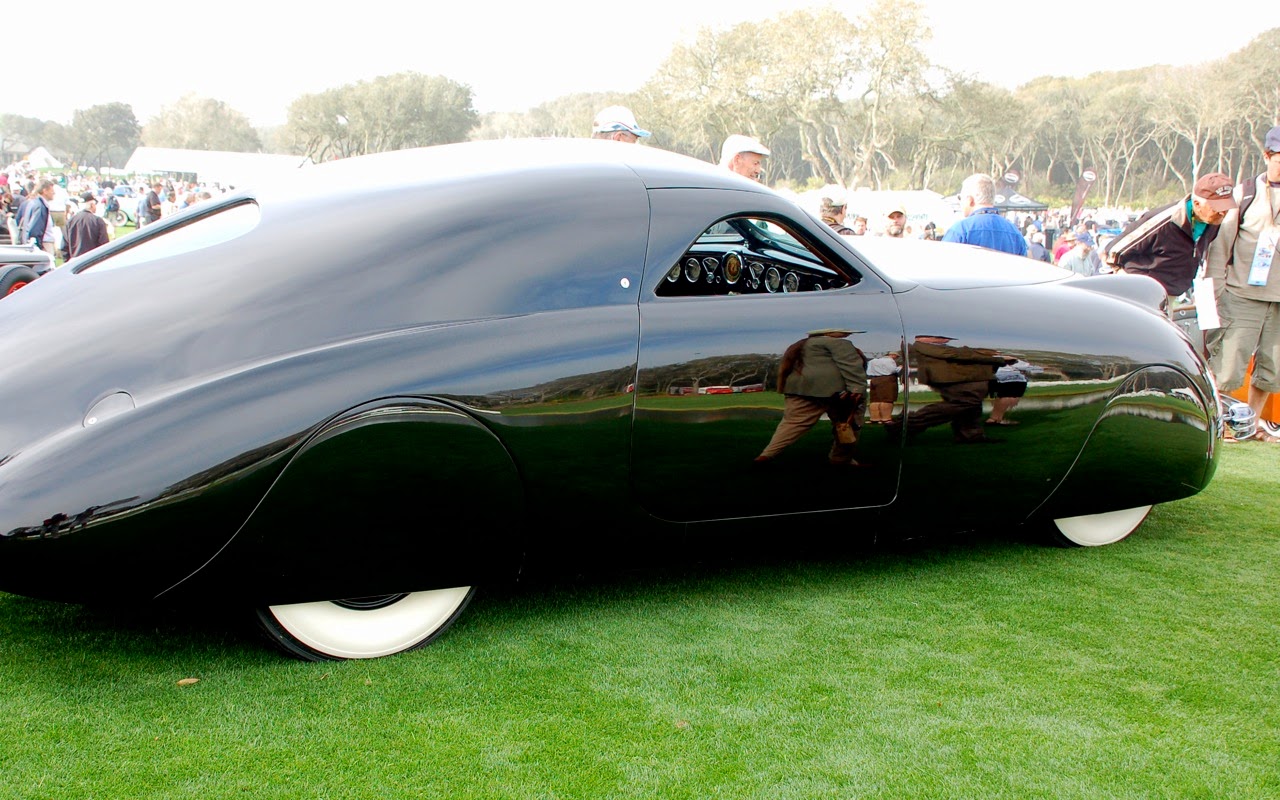Believe it or not, one of my heroes used to be BF Skinner (above), the famous behaviorist. His ideas seem dated now, but back in the day I read a few of his books including the one on old age. I was in my early 20s and it gave me a lifelong interest in the subject. Now I find myself only a decade or so from having a practical interest in it and not just a theoretical one. I can't wait to read the book again to see if it holds up.
Anyway, I have my own strategy for dealing with those problems when the time comes and I thought I'd talk about it here.
Well, I'm most concerned about lifestyle. What kind of old guy will I be? Will I be envied by others for my hipness or be pitied because I'm a doddering old whatzzit? Of course I'd like to be envied and for that I have a two-pronged solution. First I'll get a nice tailored suit and do the whole suave thing. My role model will be the World's Most Interesting Man in the beer commercial.
Maybe I could become a sort of handyman and fix things around the house.
If eccentricity is something you can steer like a boat then I think I'd like to be an opinionated eccentric like John Barrymore in "Twentieth Century." Here (above) he says, "What do you know about talent? What do you know about theatre? What do you know about genius? What do you know about anything you, you...you BOOK KEEPER!?"
Of course at a certain time of life I'll have to stop thinking about young women.
I'll have to learn to appreciate women who are my own age.
I'll also have to discipline myself so I don't criticize people when they do something dumb. They think you're crazy when you do that and I'll need their forbearance when I do something dumb myself.
I've had to abandon some of my earliest plans. When I was a kid I considered being a vigilante in my extreme old age, ridding the world of obvious over-the-top criminal types who do unspeakable things.
All these years later that doesn't seem like such a good idea. If I get addled, how will I know who the criminals are? I'd leave a trail of dead crossing guards and baby sitters.
I also considered becoming a heavy drinker and a cigar smoker in my extreme old age. After all, what would I have to lose? But that wouldn't work either.
I guess if I knew the exact day of my demise I could arrange to have a few sybaritic months beforehand, but nobody knows that. What if you inflict all that cognitive impairment on yourself then live another 20 years? It reminds me of what Yogi Berra said: "If I had known I'd live this long I would have taken better care of myself."
I guess if I knew the exact day of my demise I could arrange to have a few sybaritic months beforehand, but nobody knows that. What if you inflict all that cognitive impairment on yourself then live another 20 years? It reminds me of what Yogi Berra said: "If I had known I'd live this long I would have taken better care of myself."
So what does that leave? I have serious things I want to accomplish but what will I do for recreation? As it happens so often, Basil Wolverton shows the way (above). I'm an artist so I'll take up painting. I'll paint my older friends.

I got this drawing (above) off the net. It gives me confidence that if my line quality deteriorates I can just adapt to whatever the new bad drawing thing is.
That's all I have to say about this, but I'll add that Skinner is no longer in my Pantheon of heroes. I had an experience with his conditioning theories that resulted in demerits for the master. I'll blog about it sometime. I still like the guy though, and I don't regret that I was influenced by him.
P. S. Mike started to read this and put it down because he thought it was depressing. I don't see why. It's about a problem to deal with, just like anything else. It's just hard to think originally about the subject because so little's been written about it. Here's (below) a link to one of the rare articles. I don't agree with the author, but he's made a good conversation starter.
http://www.theatlantic.com/features/archive/2014/09/why-i-hope-to-die-at-75/379329/


























































